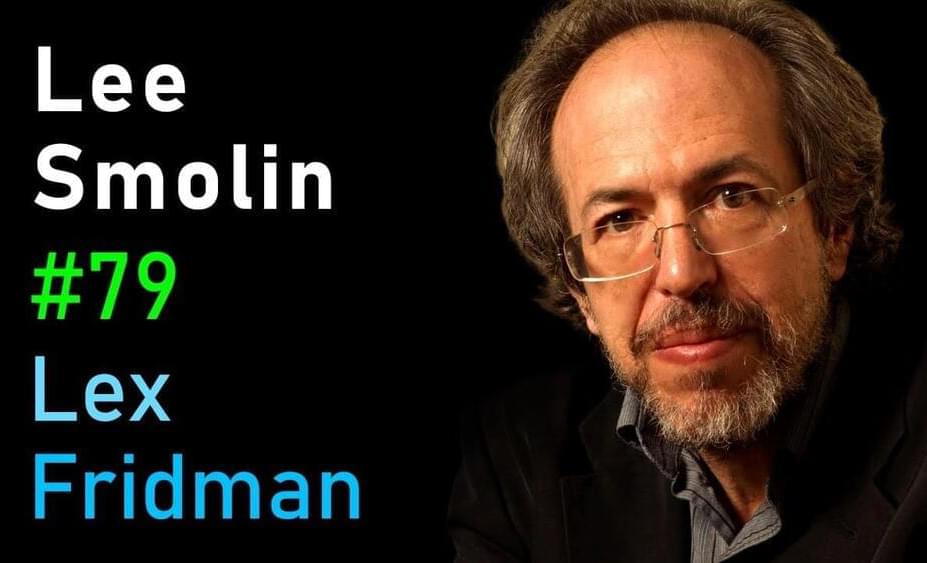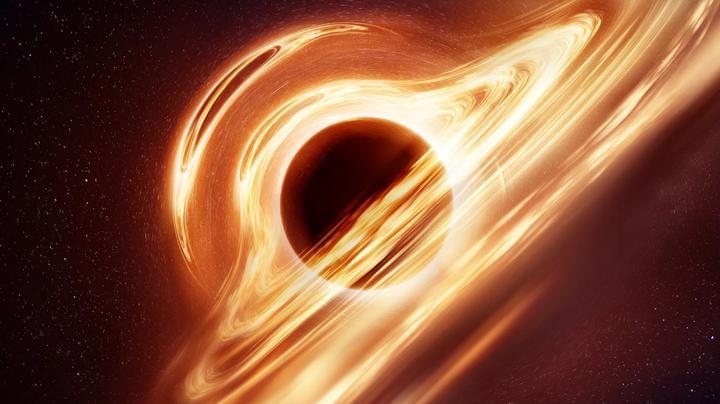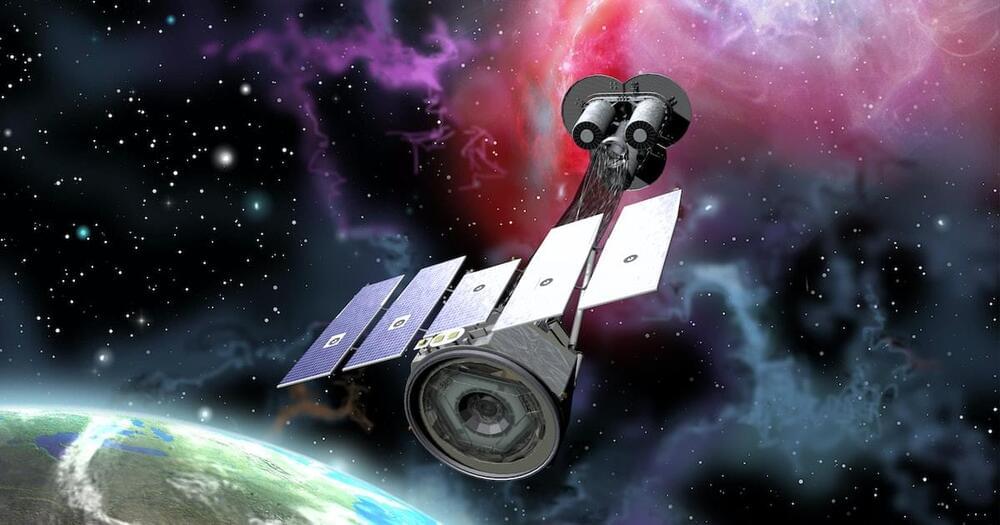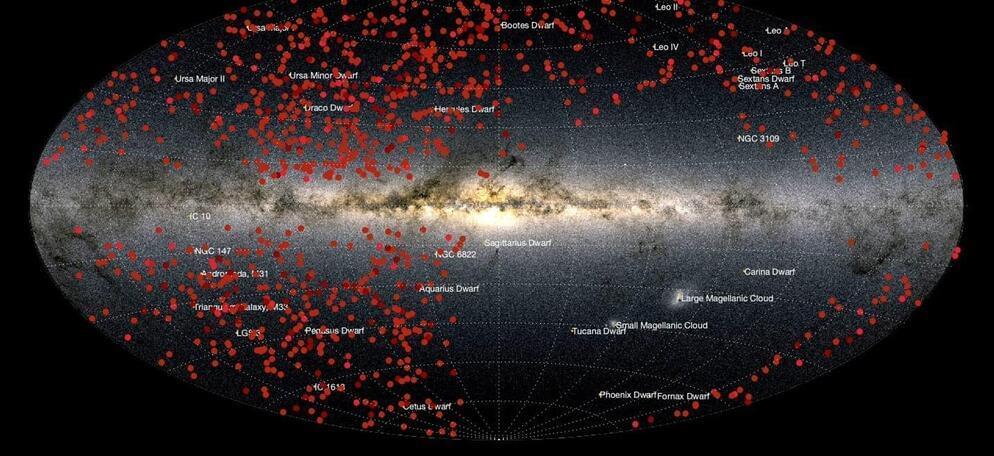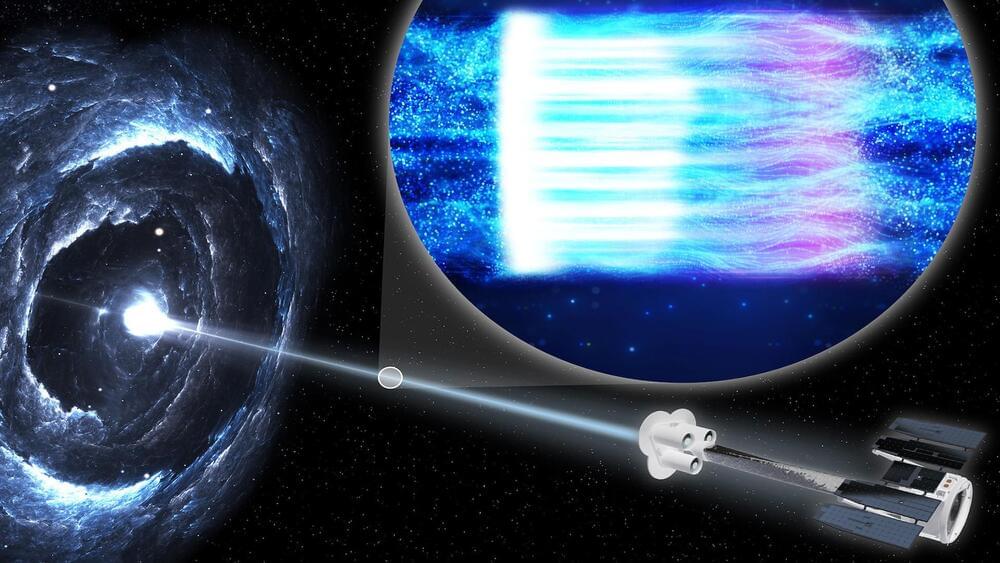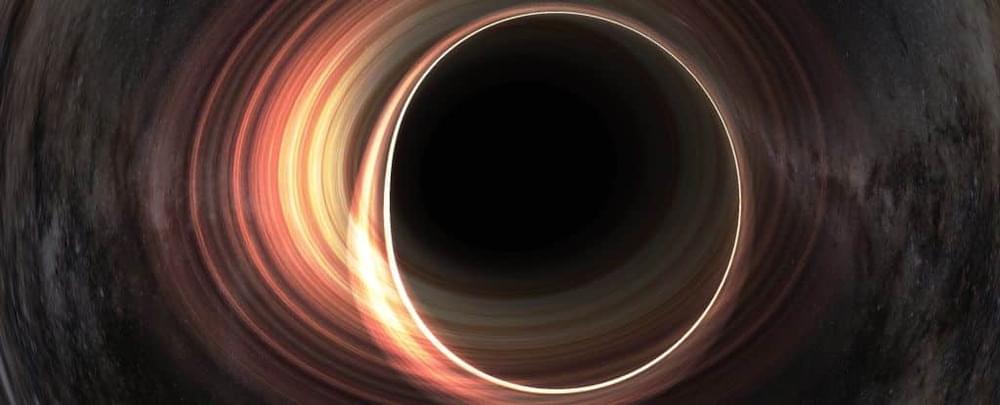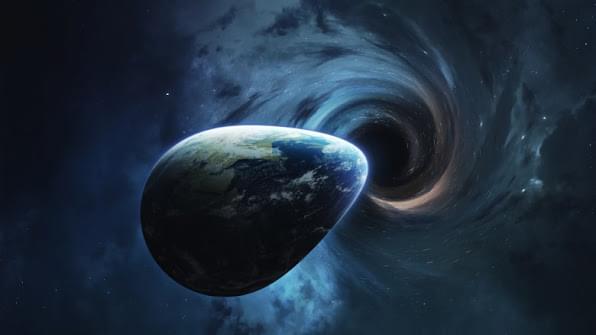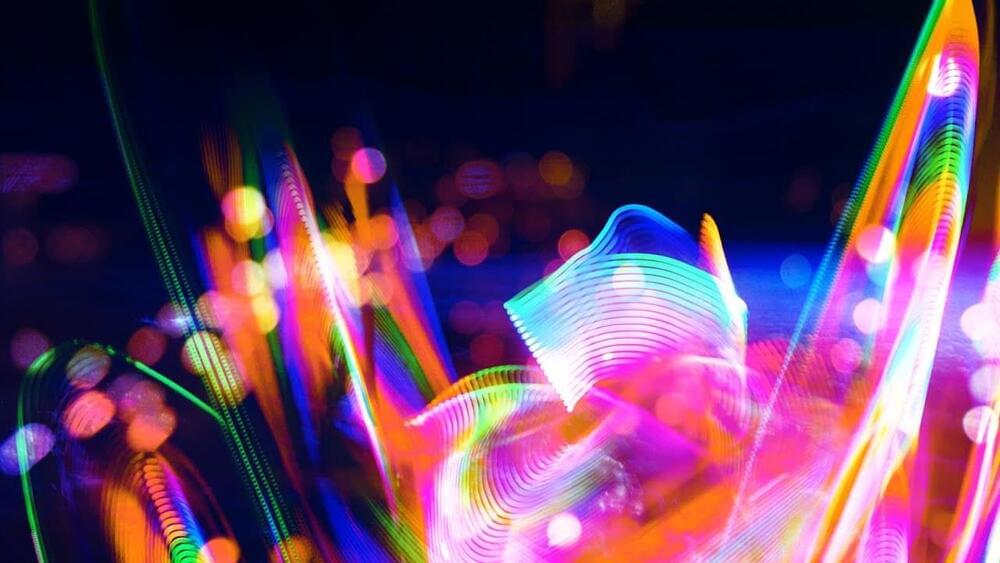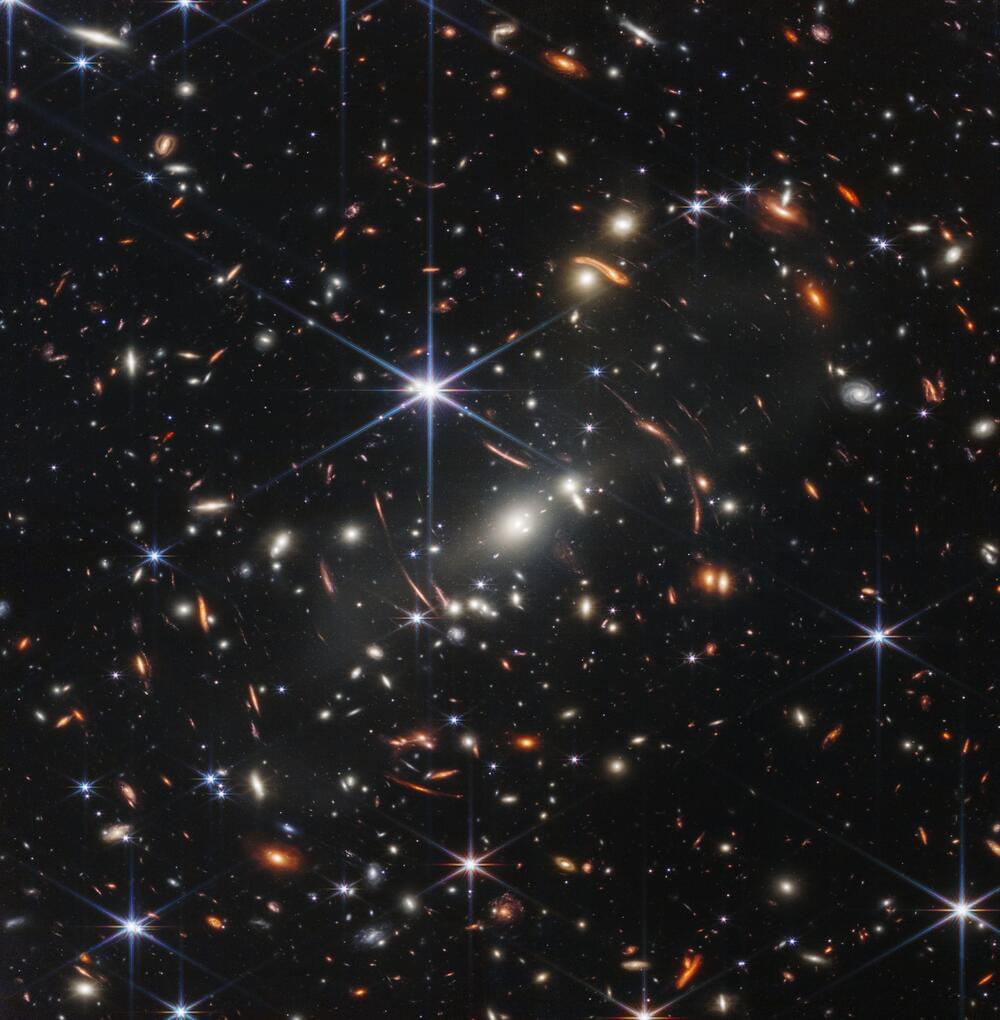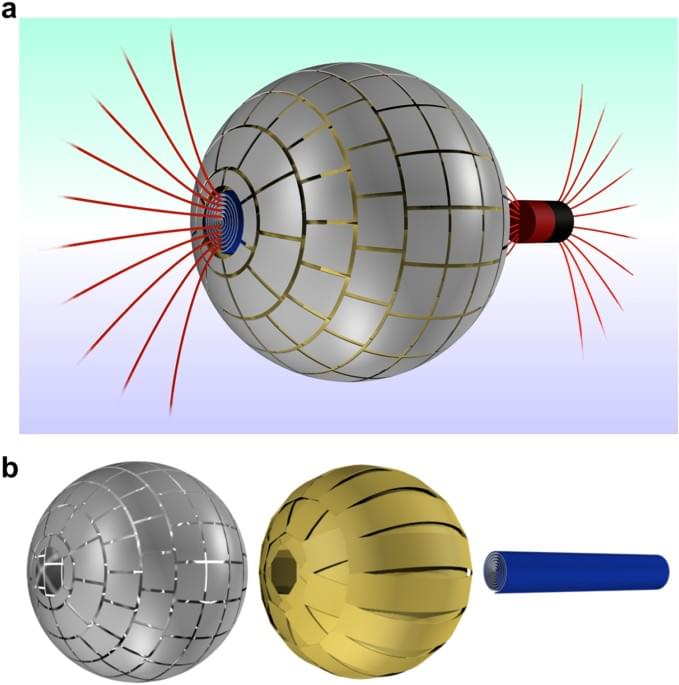Nov 24, 2022
Lee Smolin: Quantum Gravity and Einstein’s Unfinished Revolution
Posted by Dan Breeden in categories: biological, cosmology, quantum physics
https://www.youtube.com/watch?v=WgLo4gmEraU
Lee Smolin is a theoretical physicist, co-inventor of loop quantum gravity, and a contributor of many interesting ideas to cosmology, quantum field theory, the foundations of quantum mechanics, theoretical biology, and the philosophy of science. He is the author of several books including one that critiques the state of physics and string theory called The Trouble with Physics, and his latest book, Einstein’s Unfinished Revolution: The Search for What Lies Beyond the Quantum.
This episode is presented by Cash App. Download it & use code “LexPodcast”:
Cash App (App Store): https://apple.co/2sPrUHe.
Cash App (Google Play): https://bit.ly/2MlvP5w.
Continue reading “Lee Smolin: Quantum Gravity and Einstein’s Unfinished Revolution” »
